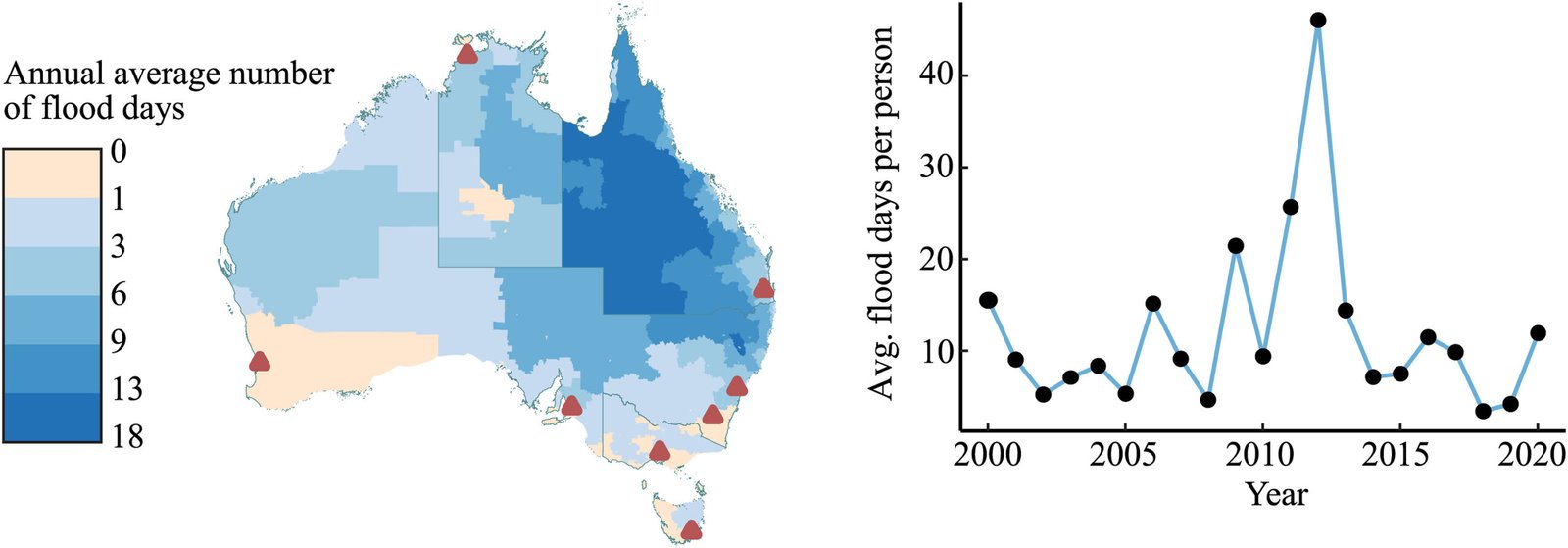Motorcyclists must remain aware when riding. In addition to watching out for other drivers and road hazards, bikers must consider the weather conditions. Their bodies are exposed when riding, leaving them at high risk of injury if they are in an accident. Adverse weather may play a role in the accident, and the biker can pursue compensation from the driver responsible for it, particularly if the driver was negligent and their behavior led to the incident.
Bad Weather and Motorcycle Accidents
Bad weather is a factor in many motorcycle accidents. Riders may be uncomfortable or distracted when riding in adverse conditions, and they might be at higher risk of hypothermia or another medical emergency. They might also find it more challenging to control and balance the bike.
Other drivers may also be affected by the weather and cause an accident. The biker may seek compensation after a motorcycle accident from that party’s insurance company when they do.
The Effects of Weather on Riders
Rain or water on the roadway can combine with vehicle fluids to make the road slick. Hydroplaning is also a concern in wet conditions. Heavy rain can interfere with a rider’s ability to see what is ahead, which can cause an accident.
Cold weather concerns riders because black ice may be present on the roadway. Bridges and overpasses are the first to freeze when temperatures drop. If the road is shaded, black ice may remain present well into the day. Ice patches are also a concern following freezing rain or snow events.
Fog can reduce a person’s visibility down to a few feet. Motorcycles aren’t easy to see when it is clear outside, so they can easily get lost in the fog. Other drivers may not see the biker, leading to an accident.
Driving a motorcycle in heavy winds is challenging. The biker must retain control and keep the bike upright, which isn’t easy. A sudden gust can cause an accident, causing the biker to veer into another lane or fall over. The winds can also affect the actions of other drivers and their vehicles, so bikers are more at risk.
Many people assume bikers will be fine on clear days. However, the sun can impair their vision, and they must also worry about glare from roadside objects or other vehicles.
Staying Safe on the Road
Bikers must follow safe riding practices in adverse weather. They should slow down to reduce the risk of skidding or hydroplaning and increase their following distance. Low-beam headlights improve visibility without blinding others on the road. Weatherproof riding leathers and gloves are needed, and brightly colored clothing with reflective materials will ensure others on the road see the rider quickly.
Keep the bike maintained and always perform a pre-ride inspection. Use both brakes when needed, and equip the bike with winter tires when temperatures drop and the risk of snow and ice increases. Prepare for sudden wind gusts, mainly when trucks and large vehicles are present, and avoid sudden maneuvers. However, avoiding riding in adverse weather is the best way to stay safe. Take a car instead.
Every person on the road must be careful to avoid accidents, including those in adverse weather conditions. Drivers must slow down and increase their following distance for more time to stop. Turn signals must be used, while sudden maneuvers need to be avoided. If a driver fails to take these steps, regardless of what type of vehicle they’re operating, they may be liable for an accident and any injuries. The injured party should talk with a personal injury attorney to learn how to seek compensation.











